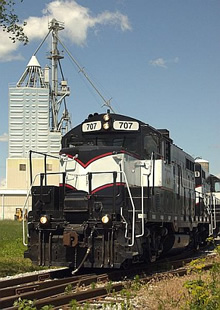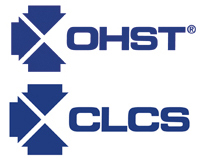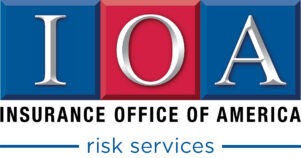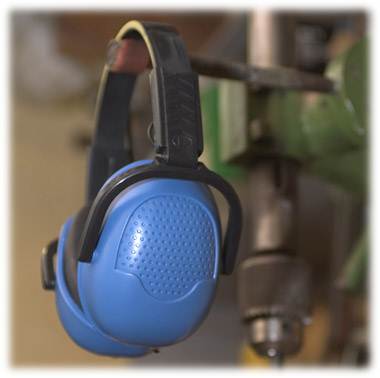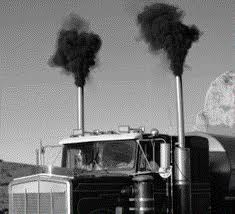
NIOSH Works With Latin America on PPE
Worker protection and educational support in Latin America, including workshops and meetings, have recently been provided by NIOSH’s National Personal Protective Technology Laboratory (NPPTL) to the Institute of Public Health (ISP) from Chile. The main focus during these international arrangements has been on respirator protection and other occupational PPE to protect workers from the dangers of exposure to industrial chemical dusts, chemicals, and more.

Maryann D’Alessandro, Ph.D., director of the NIOSH Pittsburg-based laboratory explains, “these partnerships help promote international stability for U.S. business, continue the tradition of U.S. technological leadership globally and provide information that we can sue in turn to further worker health and safety in the U.S.”
Participants included representatives from the Ministry of Health and Labor, the International Labor Organization, multinational manufacturers of PPE, various academic bodies and industrial sectors such as construction and mining. Audits were also performed on respirator manufacturers in Colombia, Chile, and Brazil for maintenance of their NIOSH respirator certification status.
To view the original article from EHS Today, visit HERE.
To inquire about respirator training or fit testing, visit us at https://safetylinks.net/index.php/respirators or call us at 407-863-8165.
